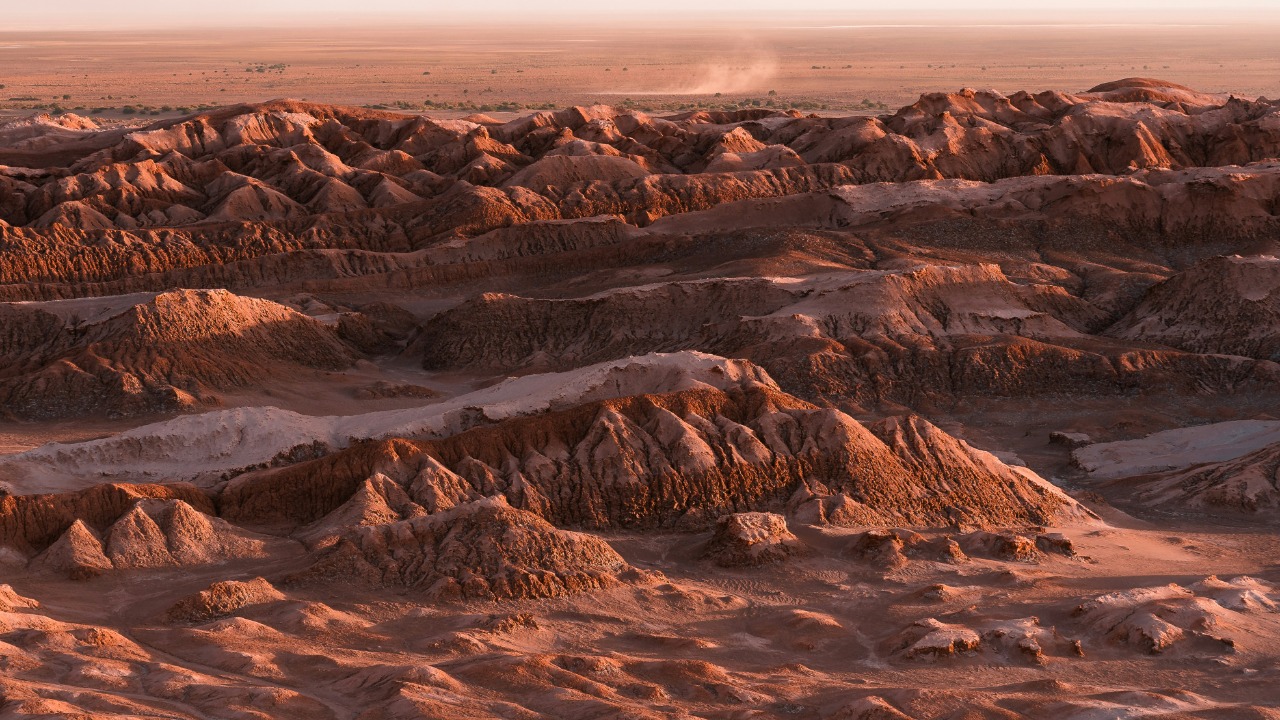
Recent high-resolution imaging of Mars has unveiled deep ‘scratches’ and craters that suggest the Red Planet once experienced an ice age. These geological features, which include eroded valleys and sediment deposits, provide new insights into Mars’ climatic history and challenge our understanding of its past.
Discovery of Martian Surface Features
The initial identification of these intriguing features came from observations of elongated, groove-like scratches across the mid-latitude regions of Mars. Unlike typical impact scars, these scratches display a linear pattern, suggesting a different formation process. High-resolution cameras played a crucial role in capturing these features, revealing their depth and extent. Particularly, the plains of Arcadia Planitia stood out as a region where these scratches cluster densely.
Characteristics of the ‘Scratches’
Recent surveys have shed light on the morphological traits of these scratches. They are not mere surface markings; some reach widths of several kilometers and depths of tens of meters. These features are believed to have formed through glacial erosion, with ice flows carving channels over ancient landscapes. For a terrestrial comparison, these Martian scratches resemble glacial striations found on Earth, providing a familiar context for these alien formations.
Craters Modified by Ice Activity
Alongside the scratches, the Martian surface also hosts impact craters that have been modified by ice activity. The rims of these craters show smoothed edges and infilled floors, indicative of ice accumulation and subsequent melting. Pedestal craters, elevated above the surrounding terrain, are particularly interesting. These craters were preserved by protective ice caps during the ice age and are concentrated in the northern hemisphere’s volatile-rich zones.
Timeline of the Martian Ice Age
Based on crater counting and stratigraphic analysis, the onset of the Martian ice age is traced back to approximately 300-400 million years ago. The peak period of ice expansion was driven by orbital changes that lowered temperatures and increased atmospheric dust. The thawing phase, which occurred around 10-20 million years ago, led to catastrophic floods that reshaped the scratches and craters on the Martian surface.
Evidence from Orbital Missions
Data from the Mars Express mission has been instrumental in understanding the Martian ice age. Radar soundings from the mission detected subsurface ice layers beneath the surface features, providing direct evidence of past ice coverage. Complementary missions like the Mars Reconnaissance Orbiter have also contributed valuable data, including spectral evidence of hydrated minerals in the scratches. These observations confirm the legacy of the Martian ice age through preserved volatiles.
Implications for Mars’ Climate History
The discovery of these ice age features challenges the prevailing models of a perpetually dry Mars. Instead, they suggest that Mars has experienced episodic water cycles, with periods of extensive ice coverage and subsequent thawing. This raises the possibility of habitability windows during warmer interglacial periods when liquid water may have briefly surfaced. Furthermore, the ice dynamics on Mars could offer insights into climate shifts on other icy worlds in our solar system.
Future Research Directions
These findings open up exciting avenues for future research. One promising direction is to target landing sites near the scratches for sample return missions. These missions could analyze ice age sediments directly, providing a wealth of information about Mars’ past climate. Upcoming orbiters could also contribute to our understanding by focusing on 3D mapping to quantify erosion rates over time. As detailed in reporting from 2025-11-14, these findings could refine predictions for current Martian water reserves, a crucial factor for future human exploration of the Red Planet.
More from MorningOverview